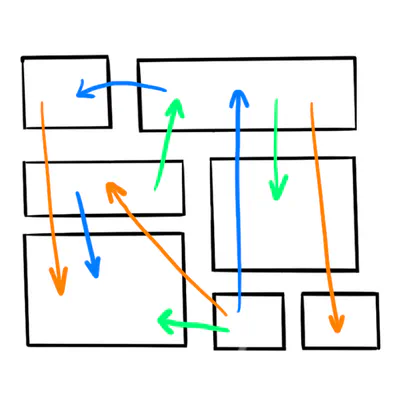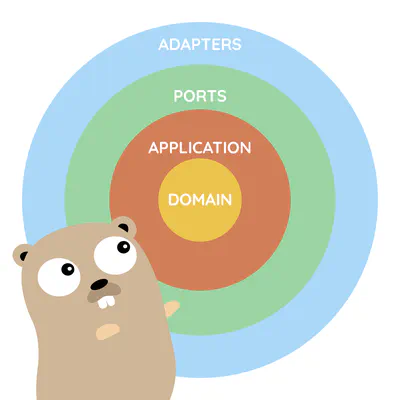Learn building professional Go software
Learn building maintainable Go software
Learn building modern Go software
Learn well-proven patterns and techniques we used across multiple teams and projects over 15 years.

Our initiatives
Blog
41 in-depth articles about Go and advanced backend patterns over the last 7 years. 270k+ yearly visitors

Watermill
Your standard library for building event-driven applications the easy way in Go. 8600 GitHub stars
Wild Workouts
A complete Go DDD example application. 5768 GitHub stars

Our Online Training
Learn Go from scratch to advanced patterns by creating real-life projects. 2582+ trainees
Newsletter
Always be up-to-date with our initiatives. 17k+ subscribers

Go With The Domain
An e-book about building Modern Business Software in Go 45k+ downloads
The most popular blog posts
If you are new here, start with these.
Latest posts
Latest live podcast episodes
Let's stay in touch
Be the first to know about new posts on our blog. We also plan to organize events like live coding sessions. You will never miss it!
Joining our newsletter helps us stay independent of any social media algorithms. We'll deliver the updates directly to you.








